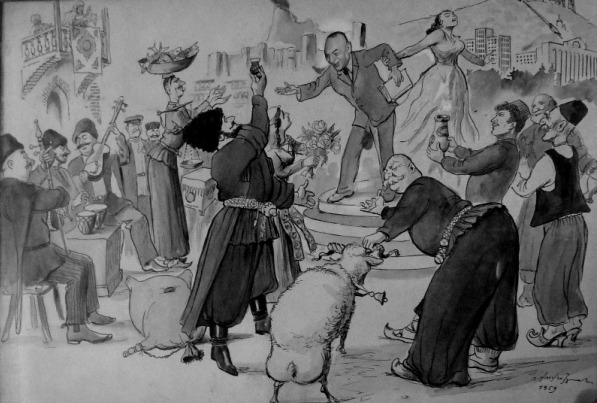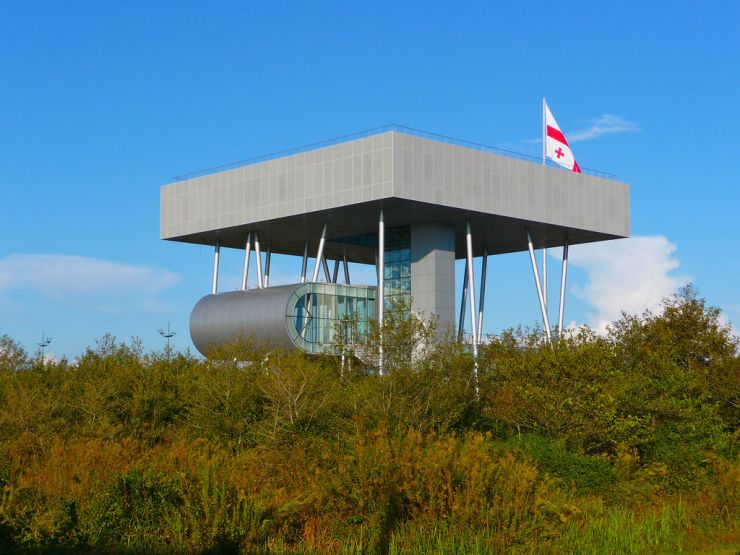The City

The City of Gardens (1735-1850)
The 17th-18th century Safavid-Qajar Persian poetry of gardens combines with images of the actual gardens of Tbilisi in 19th-century literature to produce an "Oriental" city in literature from the Russian period centered thematically on feasting in gardens.

Old Tbilisi (1850-1917)
The nostalgic image of “Old Tbilisi” captures the divided colonial city under Russian colonial rule where a set of "Oriental" spaces that could handily be opposed to the emergent "European" spaces of the divided colonial city, even as genres of poetry and practice that circulate in these spaces become "Oriental" or "European" by association.

Modernist Tbilisi (1917-1924)
The period after Russian rule and before Georgia’s forced re-entry into the Soviet Union is an unusually vibrant interregnum in which Tbilisi briefly became a global centre for Modernism. In Georgian Modernism, both a literary movement and a technological process of modernization, material infrastructures like cafes, streetcars, electric lights, indexes of modernization, are assembled together with futurist manifestos to produce a modernist Bohemia; Most of the material for this period is hosted at our sister website Modernism.Ge.

Socialist Tbilisi (1925-1991)
The focus of this section begins with Tbilisi after Stalin, beginning in the period of the 1960s, when Tbilisi increased rapidly in size, which marks the beginning of a new narrative of Tbilisi. Along with new infrastructures like the Metro and Cable-Car networks, the socialist city involved production of "cultured" citizens and "cultured" spaces such as cafes, boulevards, parks, gardens, part of a socialist version of a "European" narrative of civilizing process.

Post-socialist Tbilisi (1991-Present)
The collapse of socialism leads to a the chaotic "wilderness city" which haunts recent memory, a city where electrical infrastructures stopped functioning, feral erstwhile household pets roaming in packs and armed men become the diagnostic signs of public spaces. At the same time, the ruins of the old city inspire fantasies of gleaming "future cities" modeled on Singapore, either built on the ruins of the old or entirely new cities.